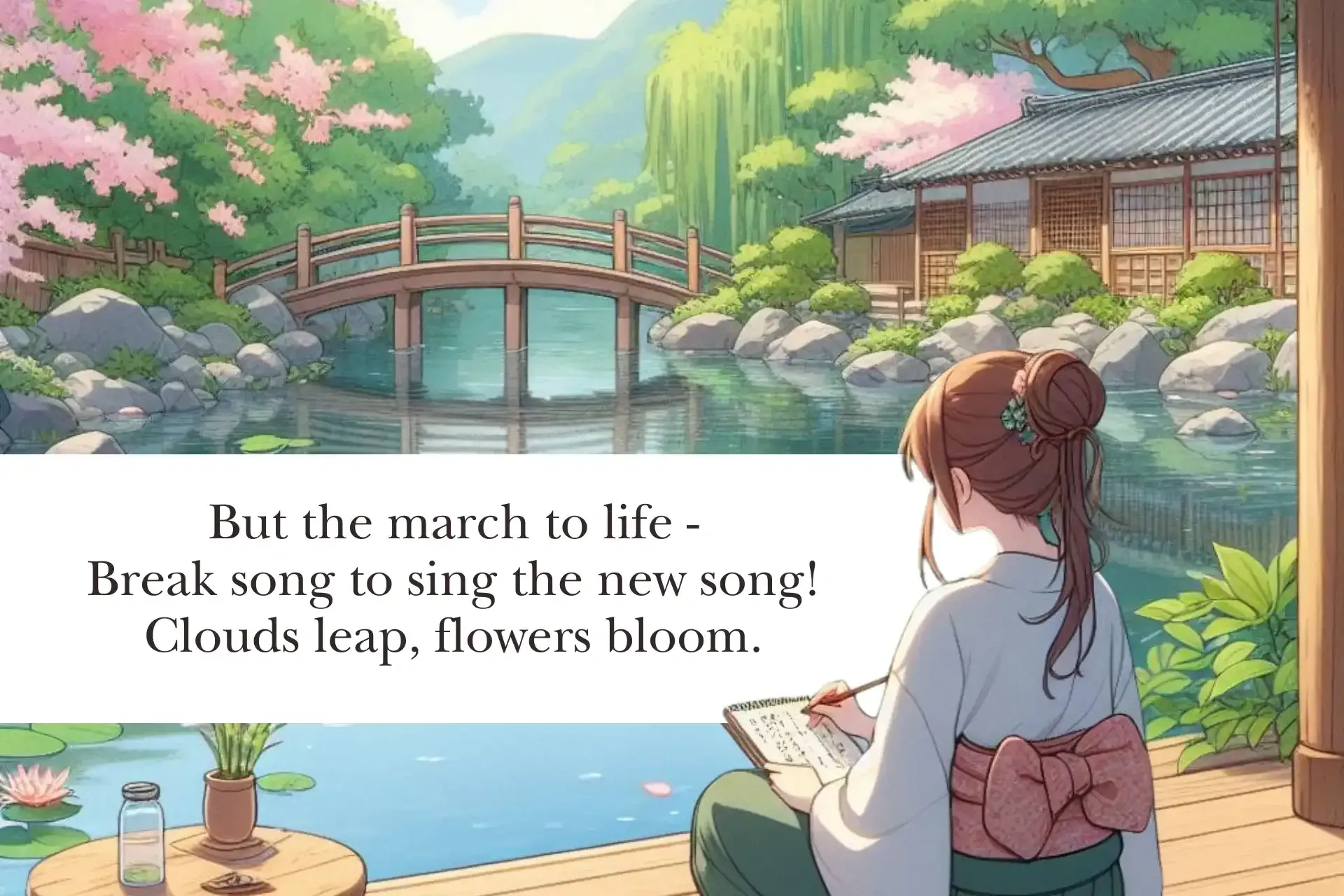Haiku Harmony: Exploring the Beauty of Japanese Poetry
Join me as we explore the enchanting world of Haiku—a timeless form of Japanese poetry that offers us a window into nature, emotions, and fleeting moments of life. Not just as a learning experience, but as a gateway to understanding different cultures and ways of thinking.
What is Haiku?
Haiku is a traditional form of Japanese poetry that originated centuries ago, renowned for its simplicity, elegance, and profound depth. Traditionally composed of three lines with a syllabic structure of 5-7-5, Haiku poems evoke vivid images and sensations through concise language and evocative imagery.
The Art of Haiku:
Haiku poets, known as haijin, draw inspiration from the natural world, seasonal changes, and fleeting moments of beauty and contemplation. Through carefully crafted words and subtle nuances, Haiku poems offer glimpses into the interconnectedness of human experience and the rhythms of the natural world.
Exploring Themes:
Haiku poems often explore themes such as:
- Nature's Splendor: Celebrating the beauty of landscapes, seasons, and elements of nature, from cherry blossoms in spring to snow-capped mountains in winter.
- Transience and Impermanence:
Reflecting on the ephemeral nature of life and the passage of time, Haiku poems capture fleeting moments with poignant simplicity.
- Emotional Resonance: Conveying feelings of joy, sorrow, longing, and wonder, Haiku poems evoke emotional responses through subtle imagery and sensory detail.
Crafting Haiku:
Creating a Haiku poem is an art form that requires precision, sensitivity, and a keen eye for observation. Here's a simple guide to crafting your own Haiku:
- Focus on a Moment: Choose a moment from nature or daily life that captures your attention—a blooming flower, a gentle breeze, a fleeting glimpse of a bird in flight.
- Capture the Essence:
Use sensory language to evoke the sights, sounds, smells, and sensations of the moment. Keep your language concise and vivid, allowing the reader to experience the scene with clarity.
- Follow the 5-7-5 Structure: Craft your Haiku with three lines, following the traditional syllabic structure of 5-7-5. Each line should contribute to the overall imagery and mood of the poem.
Haiku Harmony in Practice:
Are you curious to learn more about Haiku or eager to try your hand at crafting your own? Don't hesitate to reach out to me with any questions or ideas you may have.
Until then, may your hearts be filled with Haiku harmony.
With poetic regards,
Teacher Tim!





